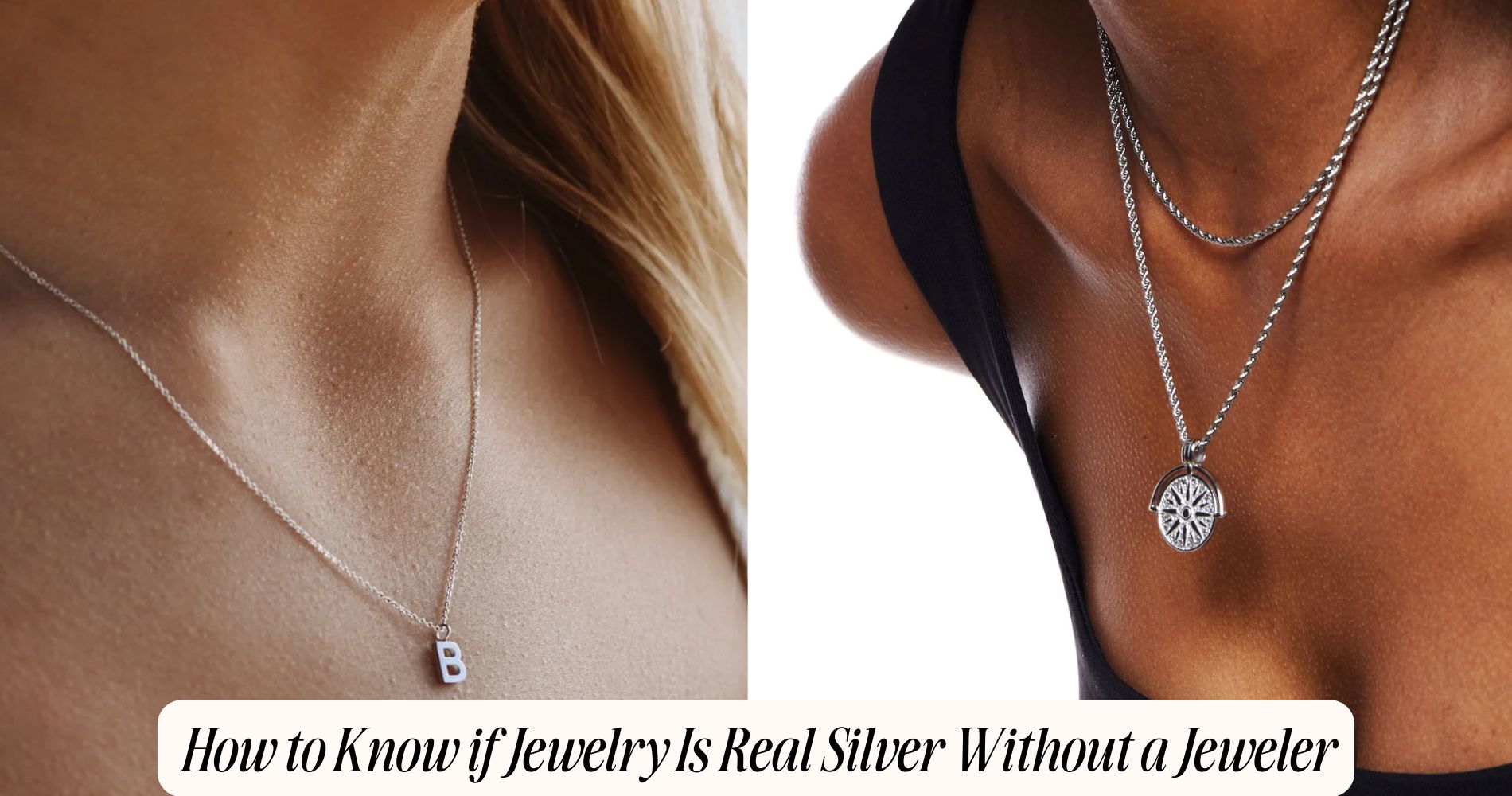
How to Know if Jewelry Is Real Silver Without a Jeweler
Wondering how to know if jewelry is real silver? Start by checking for precise hallmarks like 925, Sterling, or 958, along with maker’s marks and assay symbols under 10x magnification—avoid pieces with fuzzy or shallow stamps. Use a neodymium magnet, as genuine silver isn’t strongly attracted. Try the cloth test—real sterling leaves a faint dark streak—and the ice test, since silver melts ice faster than steel or ceramic. Also, inspect wear points for plating or uneven tarnish, and note any skin reactions. Combine these tests for confidence—and if you love authentic silver pieces, explore our Simple Silver Necklace Collection for elegant, timeless designs.
Check for Common Silver Hallmarks and Stamps
Start by inspecting the piece for standardized purity marks: look for “925,” “Sterling,” “Ster,” “800,” “900,” or “958,” which indicate silver content by parts per thousand.
Use a 10x loupe and good lighting to locate tiny punches on clasps, shanks, or interior surfaces. Verify the font sharpness, depth, and alignment; genuine stamping techniques leave crisp, even impressions without smeared edges.
Interpret hallmark meanings precisely. “925” denotes 92.5% silver; “958” is Britannia silver; “800” or “900” are continental grades; “Sterling” or “Ster” are equivalent to 925.
Cross-check for maker’s marks, assay symbols, and date letters in older or European items; consistent systems suggest authenticity.
Beware cast-in or laser-etched fakes with fuzzy borders, inconsistent spacing, or illogical mark combinations.
Perform a Simple Magnet Test
One quick screening method is a magnet test, since silver is diamagnetic and shouldn’t exhibit strong attraction to a magnet.
Use a small neodymium magnet, noting magnet strength; weak refrigerator magnets may mask subtle behavior. Hold the magnet near the piece and observe motion, not just contact. Genuine silver won’t snap to the magnet. If you feel a decisive pull, the core likely contains ferromagnetic metals like iron or steel.
Check all components—chain, clasp, posts, and findings—because plated items can hide base metals. Slight, gliding movement can occur from eddy currents in conductive metals, including silver, especially with stronger magnets.
Record test results alongside hallmarks for context. A non-attractive response is consistent with silver, but strong attraction indicates a non-silver or mixed construction.
Use a Soft Cloth for the Rub and Tarnish Test
After checking magnetic behavior, assess surface chemistry with a rub and tarnish test. Use a clean, non-abrasive soft cloth and apply firm, even pressure to an inconspicuous area.
In the rub test, genuine sterling silver (92.5% Ag) often leaves a faint dark streak on the cloth as surface sulfides transfer. Observe the cloth for gray or black residue and inspect the metal for uniform sheen loss, not plating lift.
Focus on consistency. If the piece is silver-plated, the rub may expose a different-colored base metal at high spots, revealing abrupt tone changes.
Avoid liquids; you’re evaluating patina, not causing corrosion. Confirm that any tarnish you produce wipes away smoothly, without flaking.
Document your observations to compare with hallmark data and overall construction quality.
Try the Ice Test for Thermal Conductivity
Because silver conducts heat exceptionally well, an ice cube placed on genuine silver should melt noticeably faster than on materials with lower conductivity.
To run the test, dry the piece, place it on a room‑temperature plate, then set a small ice cube directly on the metal. Monitor melt rate over 20–40 seconds. High ice conductivity indicates efficient heat transfer from ambient temperature through the silver into the ice.
Compare results against a control surface such as stainless steel or ceramic. Authentic sterling typically accelerates melting visibly relative to these.
Note the metal’s thermal properties: silver’s thermal conductivity (~400 W/m·K) exceeds most jewelry alloys, so heat equalizes quickly across the piece.
Beware thick lacquer, heavy tarnish, or low ambient temperature, which can dampen the effect. Combine the observation with hallmark and magnet tests for reliability.
Smell, Sound, and Weight Clues You Can Sense
Curiously, your senses can flag red flags before instruments do. Start with smell clues: real sterling silver (92.5% Ag) is nearly odorless. A noticeable metallic or sulfuric scent suggests higher copper, nickel, or zinc content. Briefly warm the piece with your fingers; heat can amplify off-odors from base metals.
Next, evaluate sound indicators. Gently tap the item with a non-marring metal rod. Dense silver yields a clear, bell-like ring with short sustain; plated or pot-metal alloys often produce a dull thud or a buzzy, short-lived note. Compare against a known sterling sample for reference.
Finally, assess mass. Silver’s density is ~10.5 g/cm³. In hand, it should feel heavy for its size versus aluminum or brass.
Consistency—heft aligned with dimensions—supports authenticity.
Spot Signs of Plating, Wear, and Skin Reactions
When you inspect surface finishes, look for inconsistencies that betray plating: microlayer flaking at edges, high points showing a warmer yellow or reddish substrate, and color shifts around solder joints.
Use 10x magnification to confirm these plating signs; you’ll see discontinuous sheen, drag lines, or pores where a thin coating breaks.
Check clasp tongues, ring shanks, bale interiors, and prong tips—abrasion concentrates there, exposing base metals.
Evaluate tarnish behavior. Sterling darkens uniformly to grey-black sulfides; plated items often spot-stain or reveal brassy halos after polishing.
Rub with a soft cloth: excessive grey transfer without uniform patina can indicate applied finishes.
Monitor skin reactions. True sterling rarely causes green staining; copper- or nickel-rich cores do.
Moisture, lotions, and salt accelerate galvanic leaching at worn-through points.
Frequently Asked Questions
Can I Use Vinegar or Baking Soda to Test Silver Safely?
Yes, you can. Apply a drop to observe the vinegar reaction: genuine silver won’t bubble, base metals may. Use baking soda paste; gentle rubbing produces black tarnish on real silver. Rinse promptly to avoid surface etching.
How Do I Test Silver Using Nitric Acid at Home?
Apply a drop of nitric acid to a discreet, filed spot; real silver turns creamy white. Follow silver testing methods: verify hallmarks, magnetism. Observe nitric acid precautions: wear goggles, gloves, ventilate, neutralize with baking soda, avoid plated pieces’ base-metal reactions.
Are At-Home Silver Test Kits Accurate and Reliable?
Yes, generally. You’ll find decent test kit effectiveness for sterling verification, but results hinge on proper surface preparation, fresh reagents, and non-plated items. Cross-check silver authenticity indicators—hallmarks, magnetism, density, tarnish behavior—to improve reliability and minimize false positives/negatives.
What’s the Difference Between Sterling, Fine, and Coin Silver?
Sterling is 92.5% silver purity (marked 925), fine silver is 99.9% (999), and coin silver historically averages ~90% (900). You’ll confirm via jewelry markings, density, and alloy behavior; harder alloys scratch less, tarnish differently, and conduct similarly.
How Should I Store and Clean Silver to Prevent Tarnish?
Store silver in airtight bags with anti-tarnish strips; add silica gel for humidity control. Keep items dry, separated, and polished with a non-abrasive cloth. Avoid sulfur sources. For tarnish prevention, use mild ammoniated dip sparingly; rinse, dry, and seal.
Conclusion
You don’t need a jeweler to make a confident call on silver. Verify hallmarks, then cross-check with a magnet test. Rub with a soft cloth to observe dark tarnish, and run the ice test to confirm high thermal conductivity. Assess smell (neutral), ring tone (clear, sustained), and weight (dense). Inspect edges and high-wear points for plating breaks or color shifts, and note skin reactions. Combine these signals to triangulate authenticity with technical accuracy before you buy or clean.






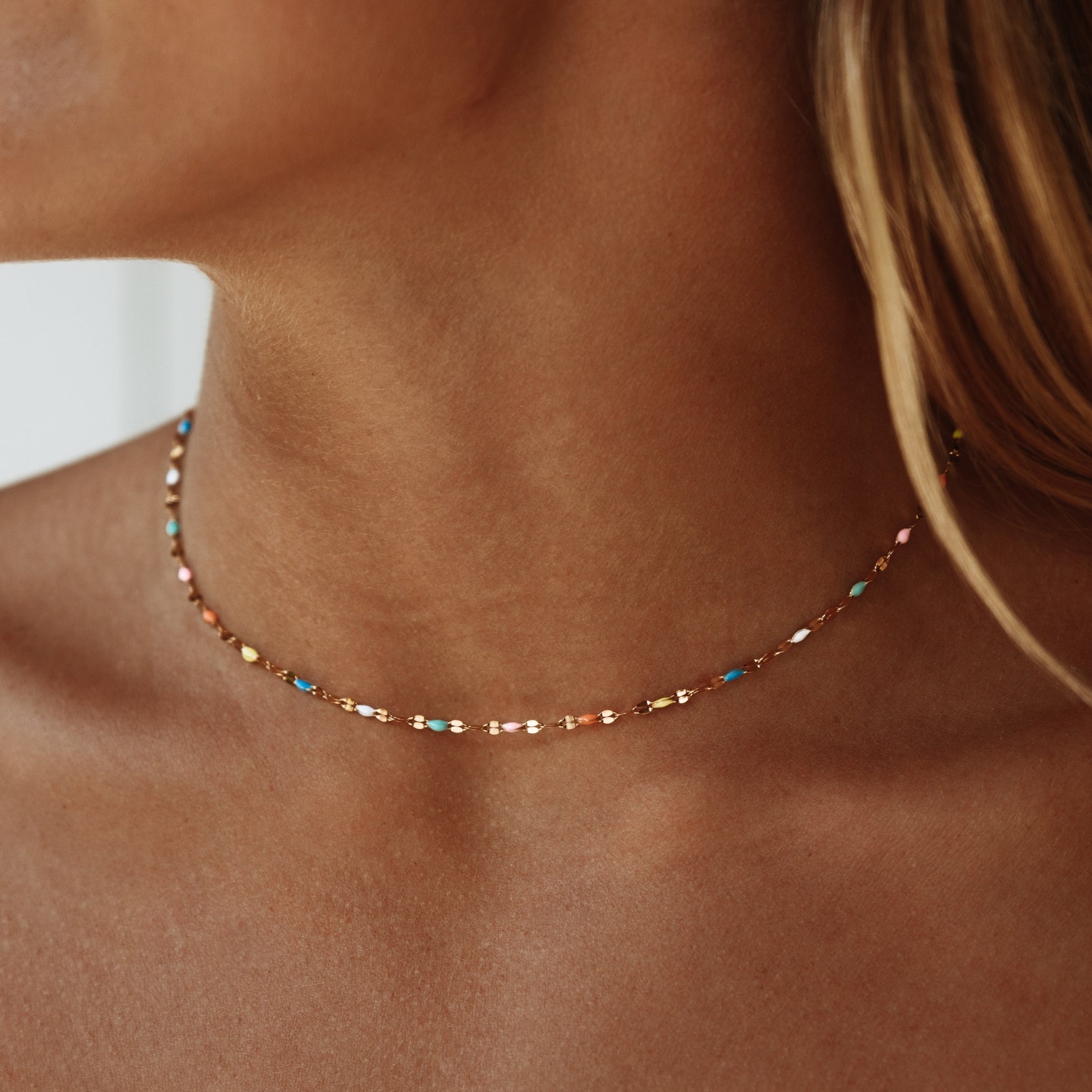
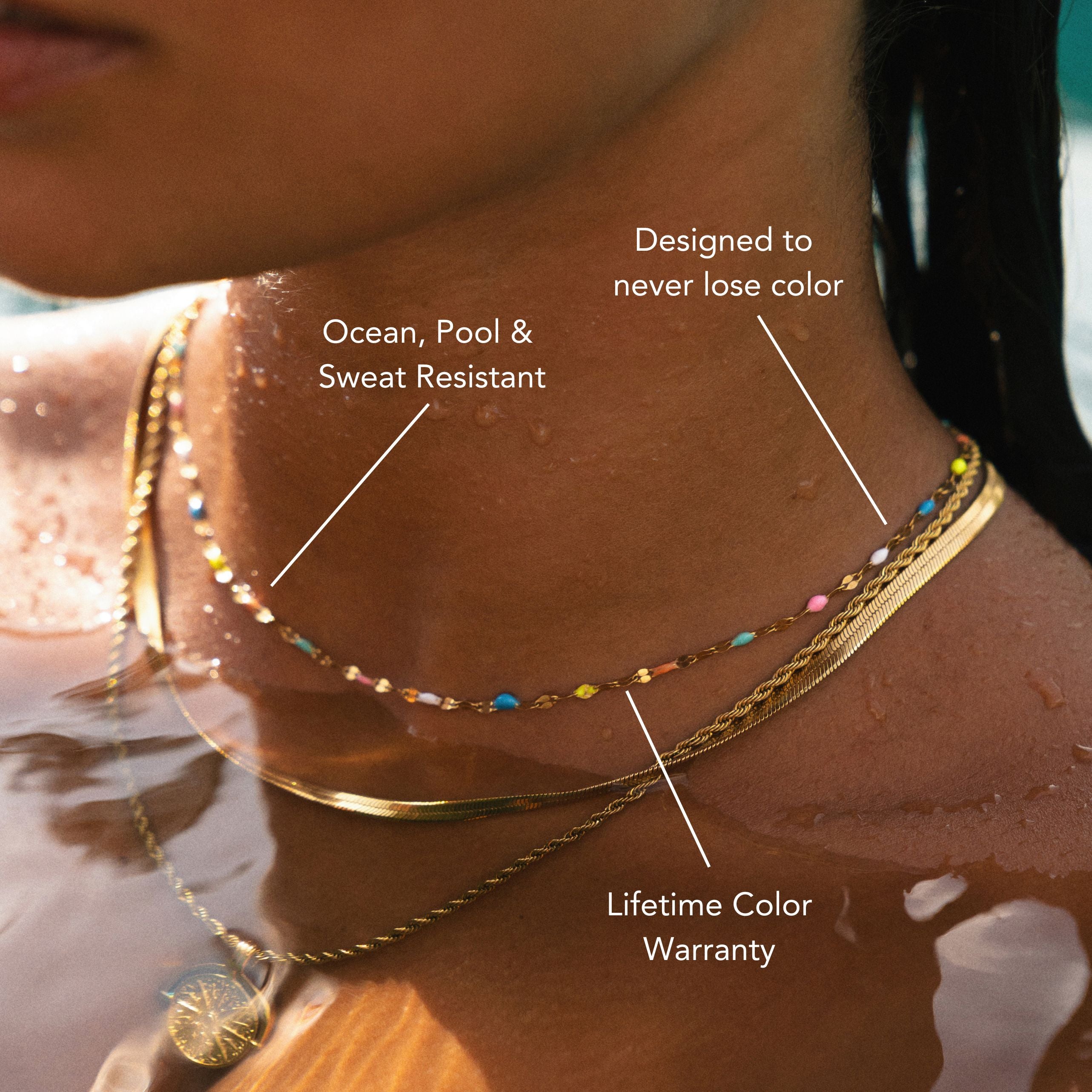
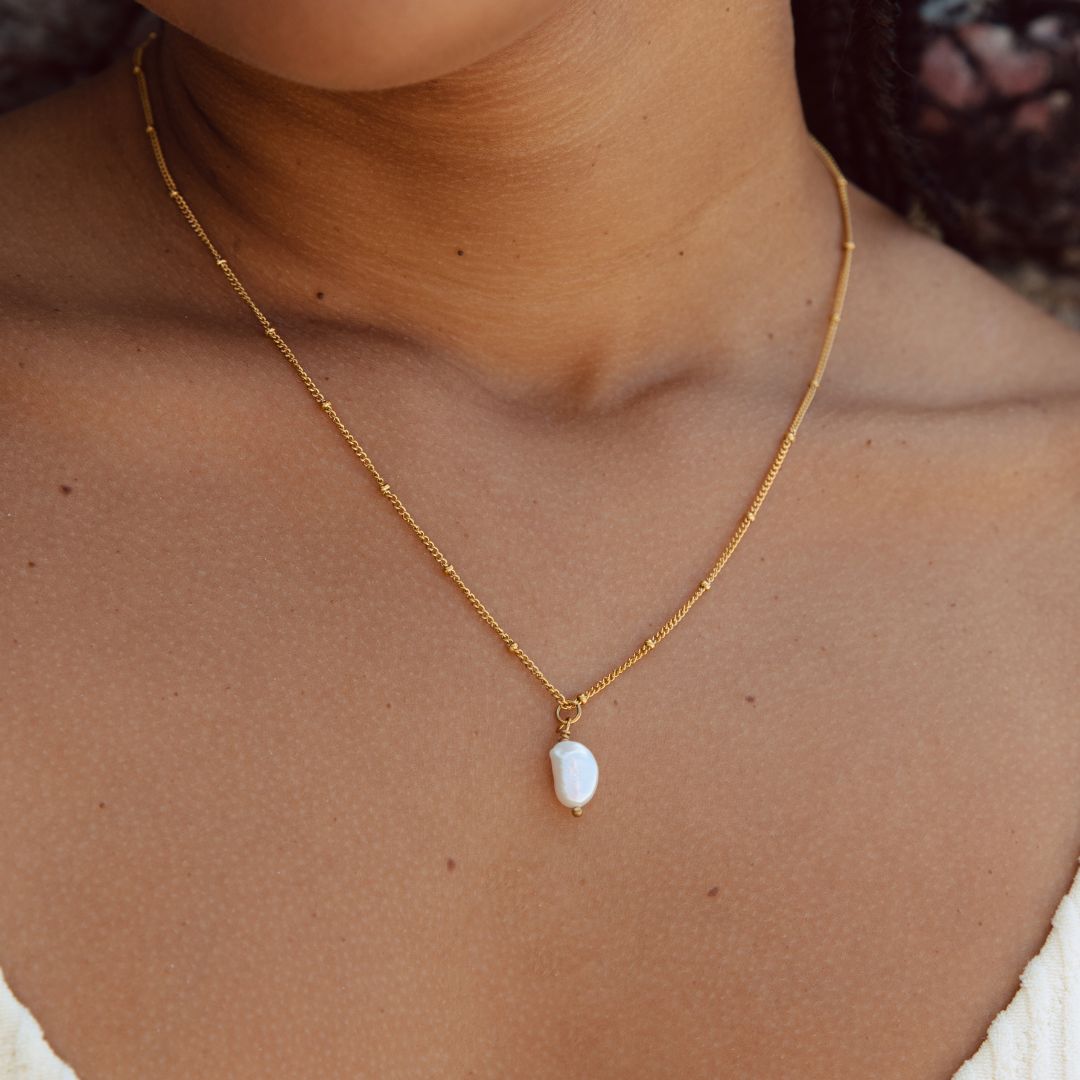
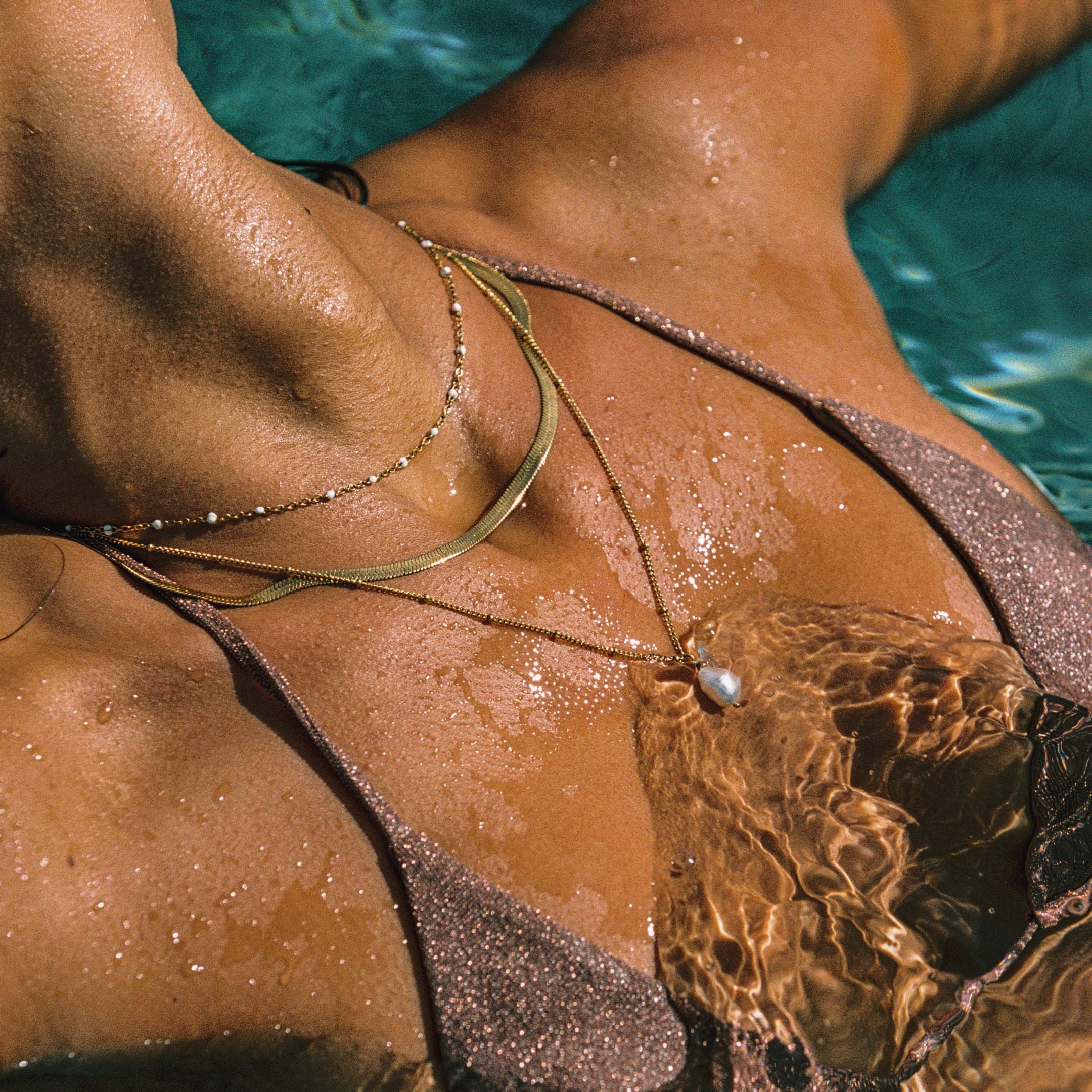
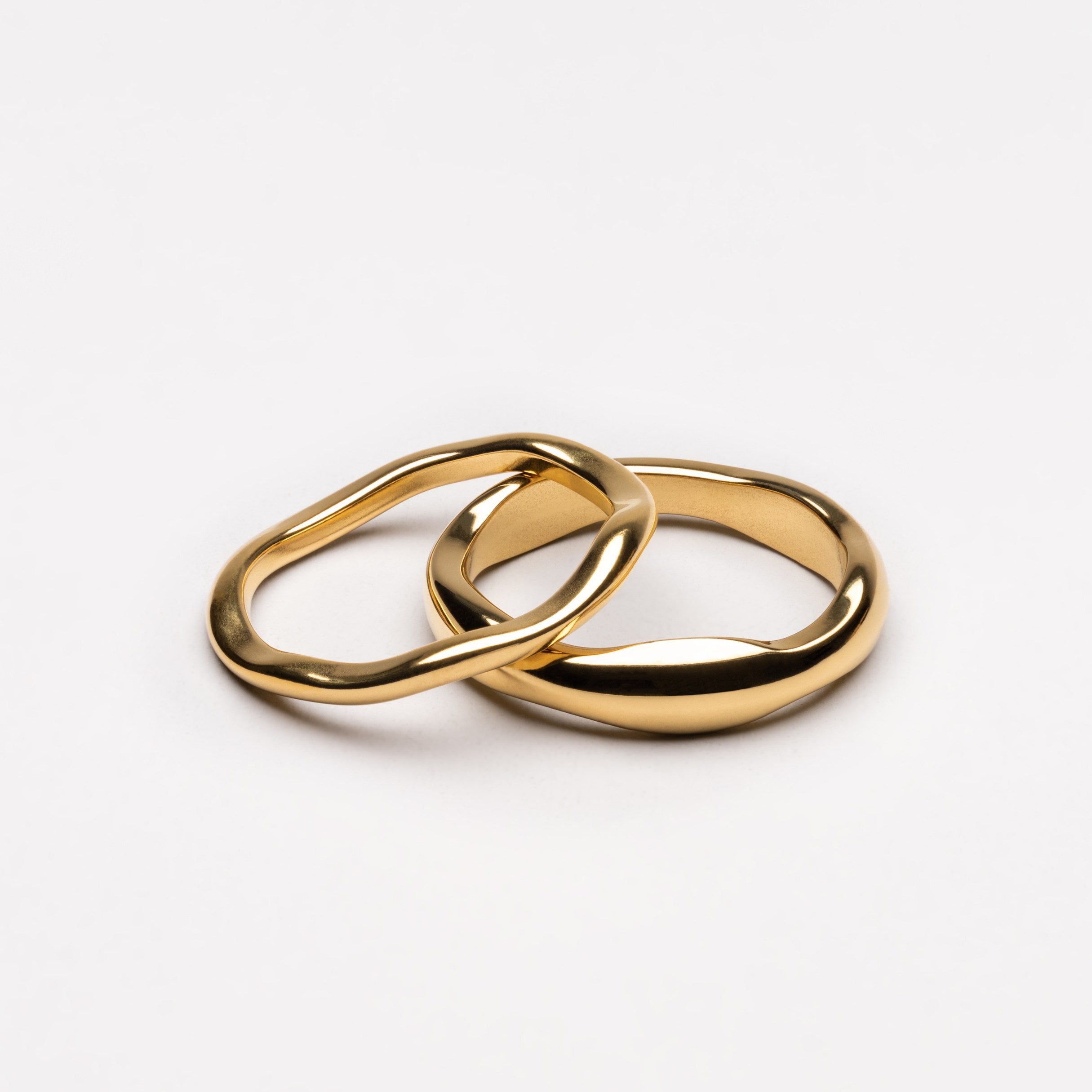
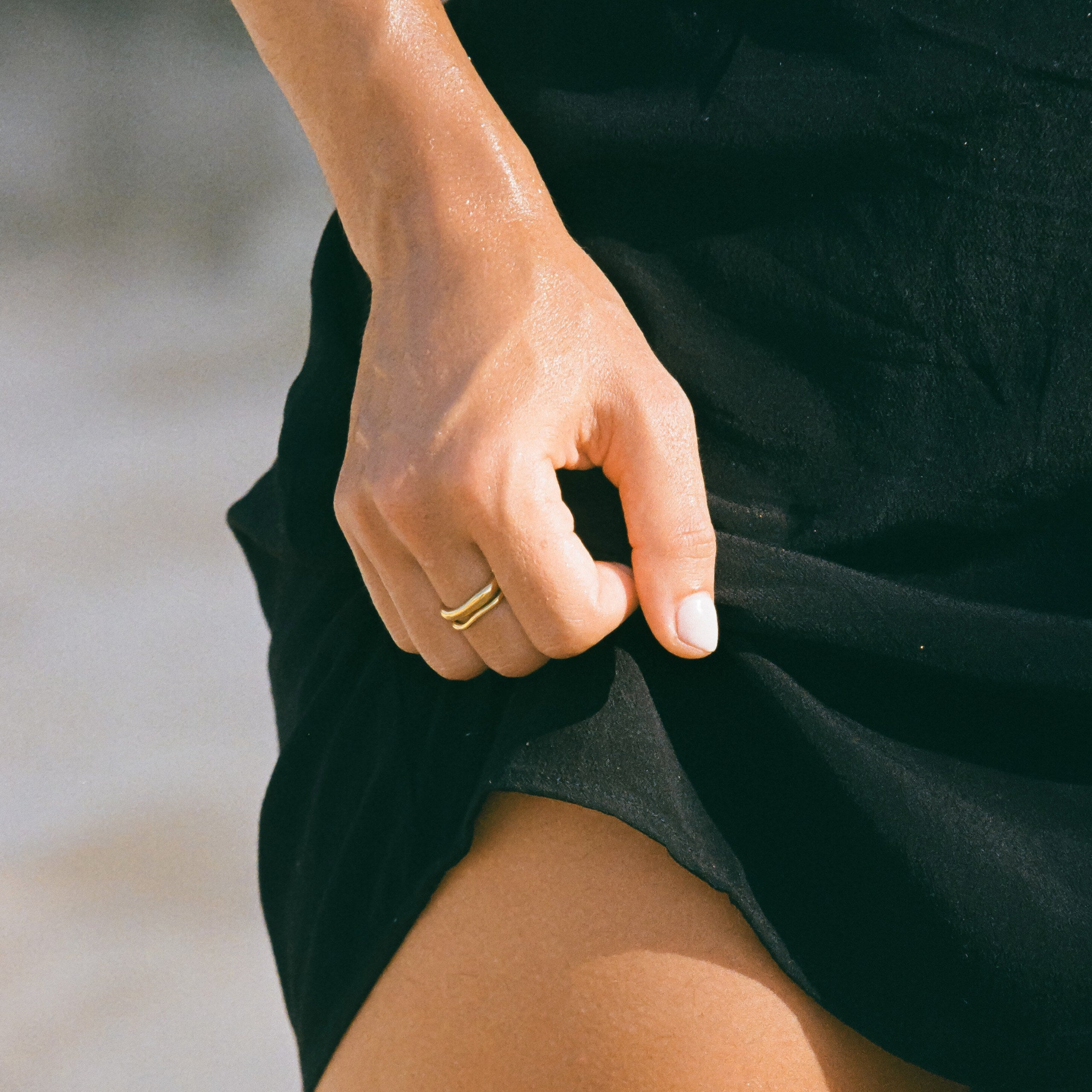
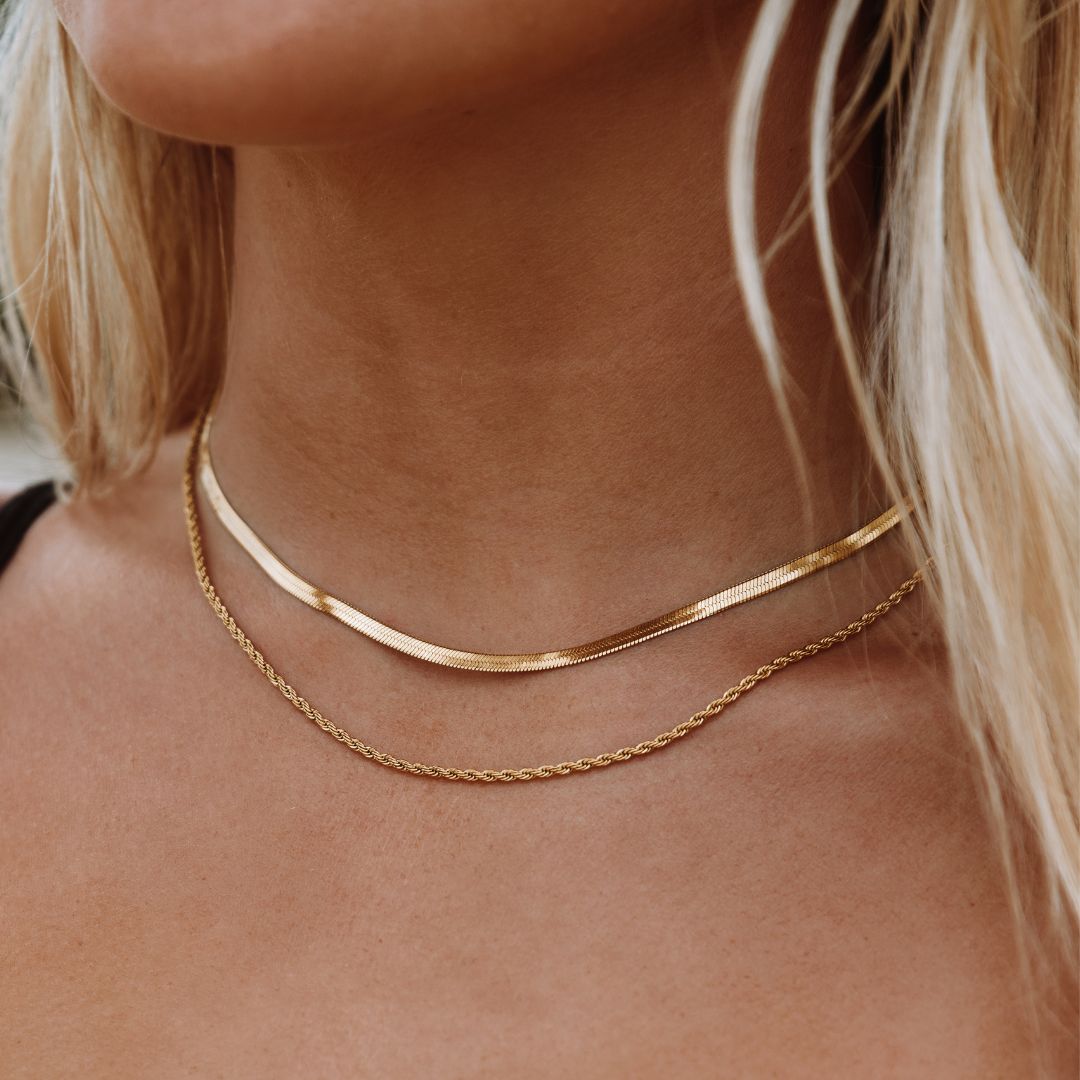
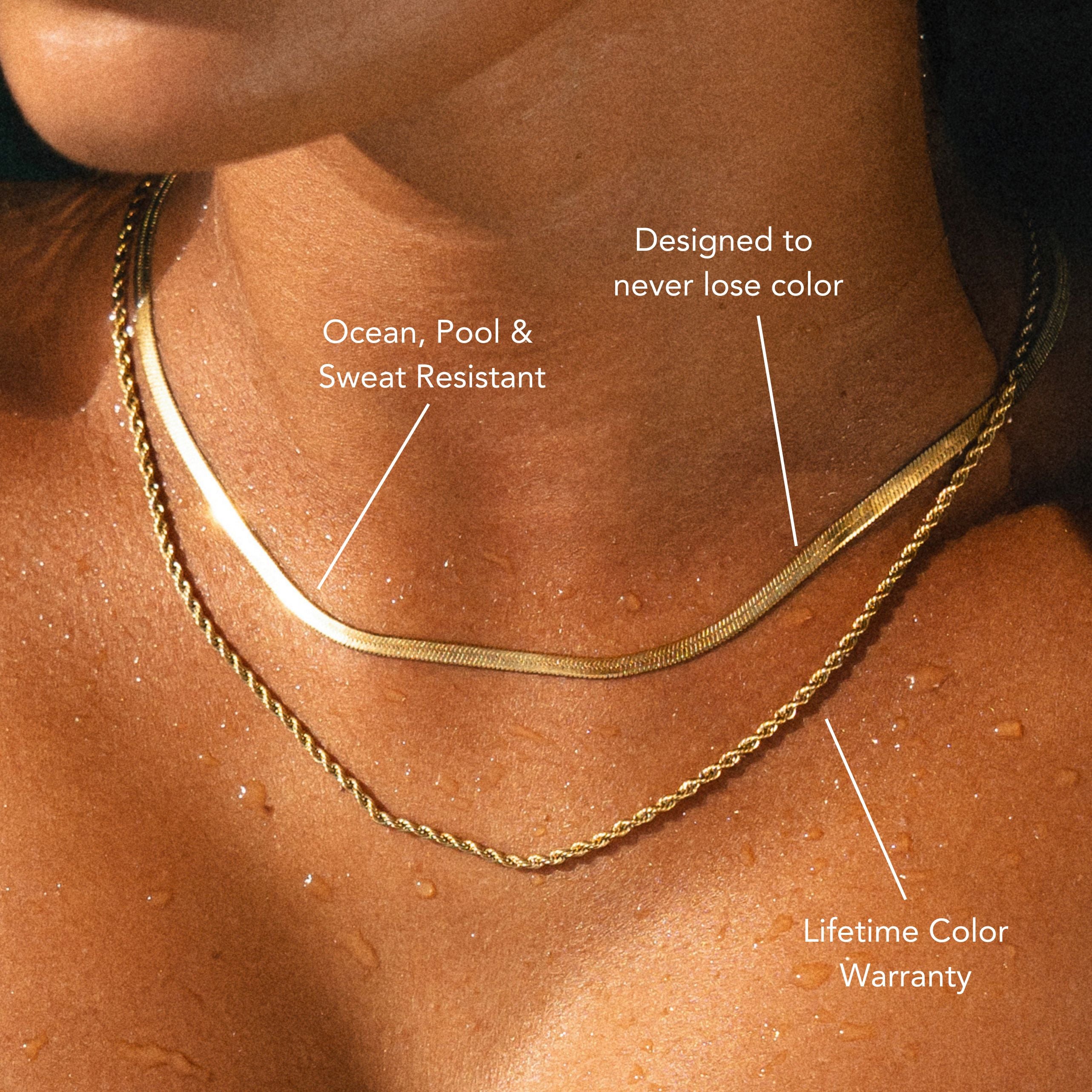
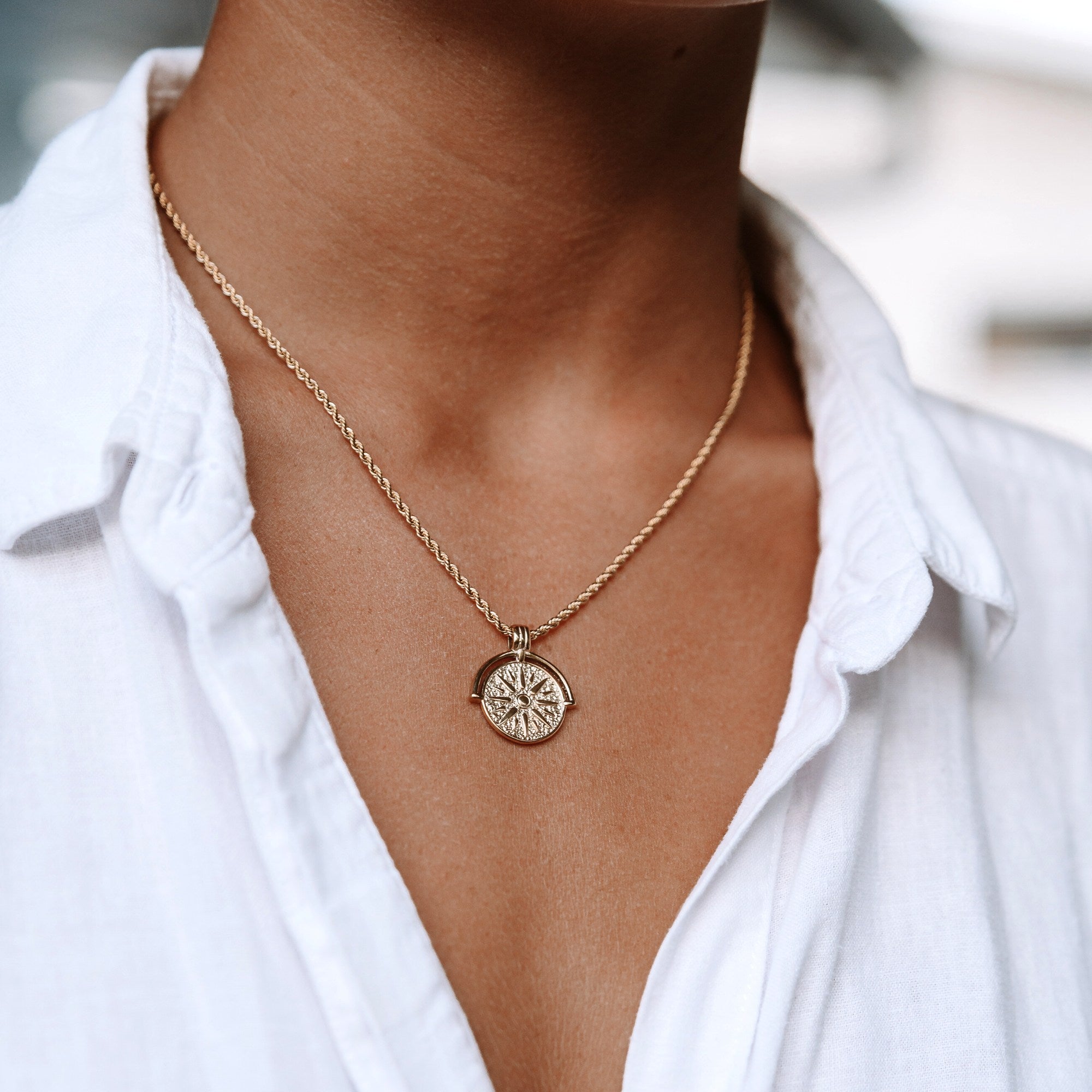
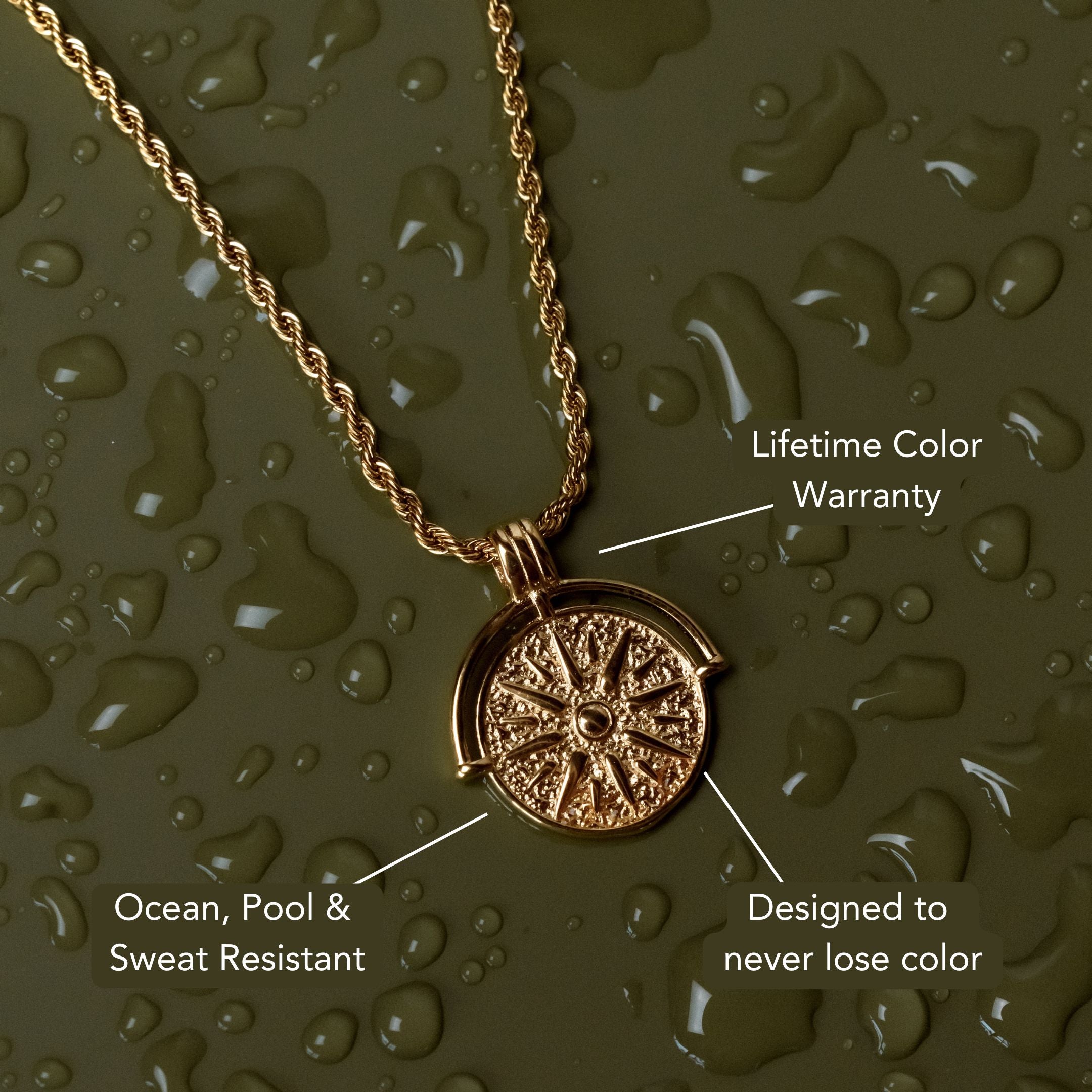

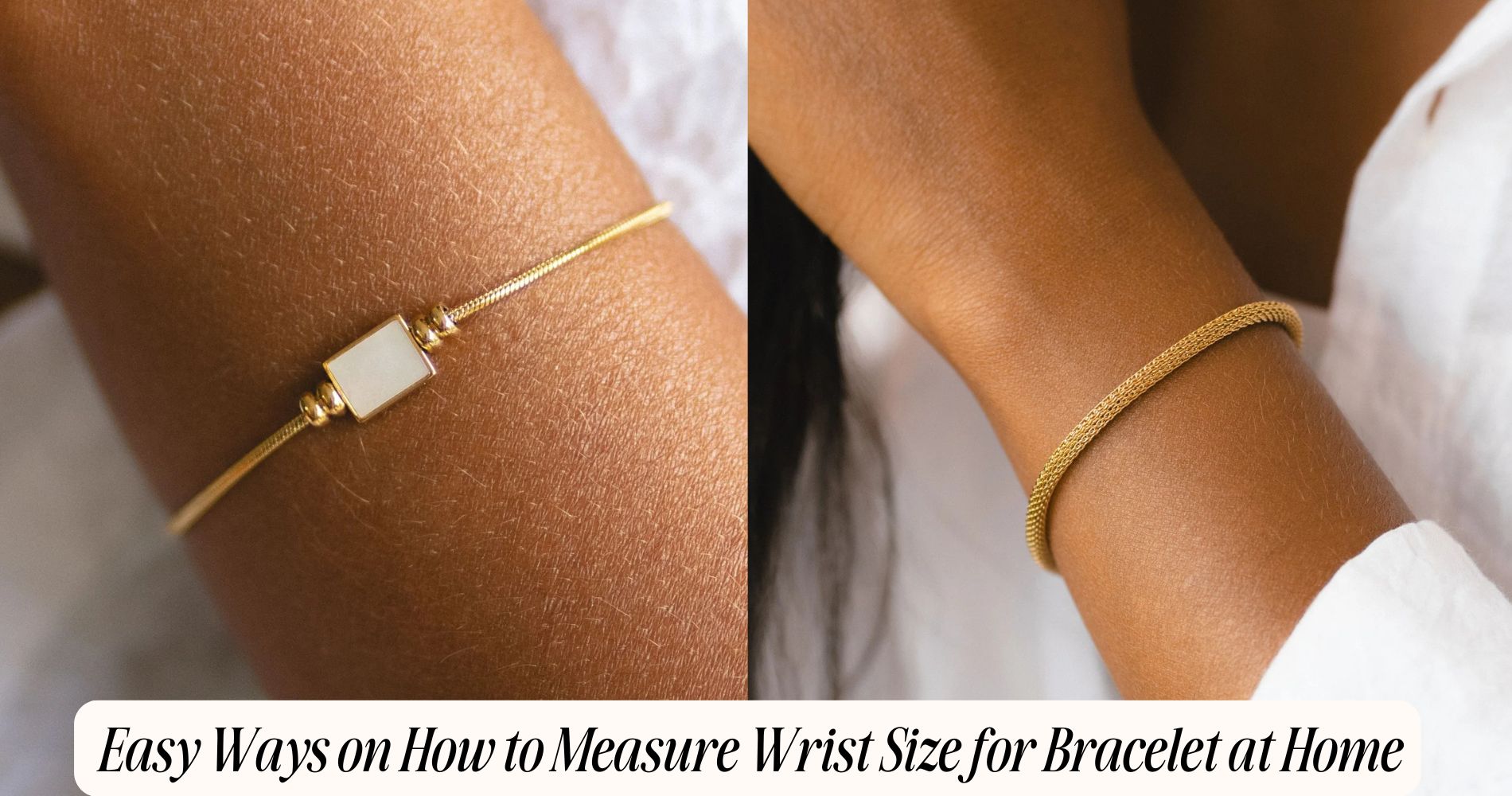




Leave a comment
This site is protected by hCaptcha and the hCaptcha Privacy Policy and Terms of Service apply.